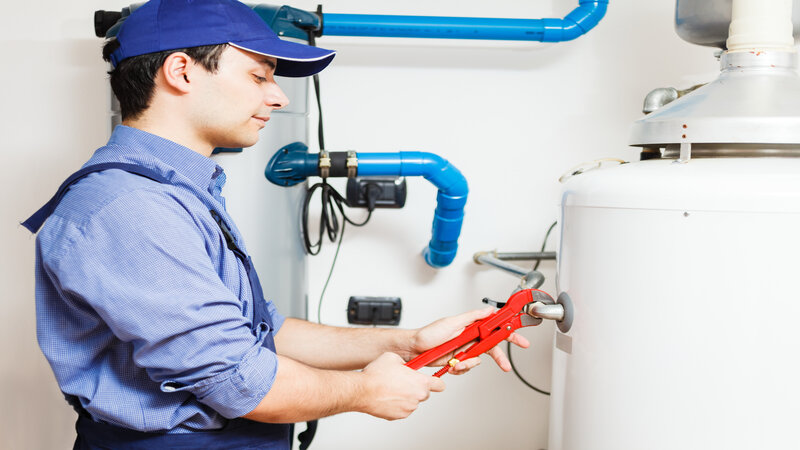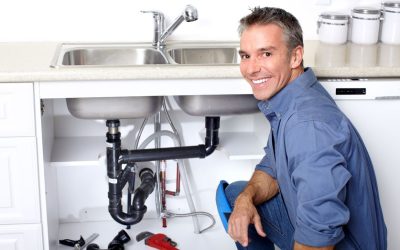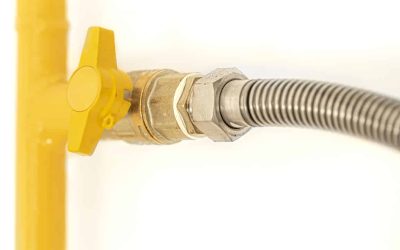When your equipment utilizes steam traps it is essential that you inspect them on a regular basis to ensure they are working in an efficient manner. In some cases you may need to replace the Spence Steam Valves, while other issues will require a replacement of the entire unit. A leaking or cracked steam trap needs to be replaced ore repaired right away in order to avoid wasting your money on higher energy costs. Some tips to help you fix common steam trap issues are explained here.
Inspect the Steam Trap
In most cases a visual inspection of the steam trap will let you see if there are any cracks or leaks present. However, a method to be sure if there is any damage present is using an ultrasonic method; however, this will depend on the type of steam trap you use. You should be sure that you understand the type of steam system you have and the ways that it is able to be tested for any leaks.
Take the Damaged Trap Apart
If you discover damage, you will need to take apart the steam trap. The first thing you will need to do is close all of the isolation valves. You should also never remove a trap that is hot. Once detached you need to open the strainer blow-down extremely slowly and then test the tee valves to relive any pressure that is present. Remove the capsule and then take off the trap from the piping of the steam system.
In order to take the trap apart properly, you should utilize the part manual, since each trap will be different from others. If you do not have the physical copy, visit the steam strap manufacturer’s website to access this information.
Install a New Steam Trap
If you simply need to replace a valve in the steam trap then a complete replacement will not be necessary; however, if the part is beyond repair, you need to ensure you purchase the proper steam trap as a replacement. This is crucial for the efficiency of your entire steam system.
You need to be sure the new part is attached properly to the pipe using the fittings. Once it is secured, test the system by turning it on to see if the new trap is operating properly. If so, you can continue on with production as usual.


